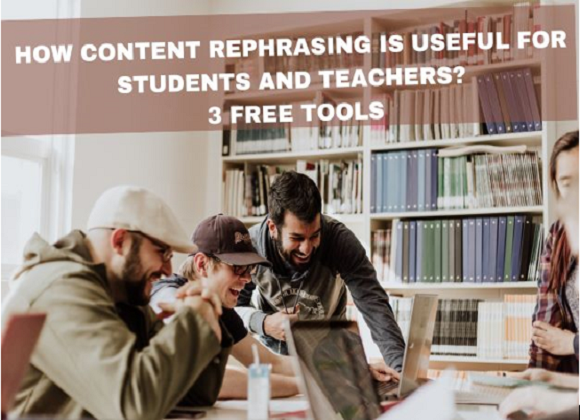Courses
Grow skills with quality courses
In the last 30 years, learning by video has become one of the fastest-growing fields in education. What are the pros and cons of video learning?
When it comes to learning, watching a video is by far the path of least resistance. At least that’s how it feels to our brains, which would prefer to bathe in the multi-chromatic glory of fast-moving images than listen and take notes in class.
The difference between the two is simple: watching TV doesn’t require us to spend energy thinking, in the same way, that engaging in class material does.
And yet, video as a teaching tool has become one of the fastest-growing fields in education. The market for video in education is massive and runs into billions of dollars per year. Again, it totally makes sense: students prefer video learning, and so they respond to it more favorably than they do to listening to lectures, engaging in discussions, taking notes, etc.
But just because video learning feels easier doesn’t mean it’s more effective. Some teachers still prefer traditional classroom learning. Others see technical issues holding up the pace of progress. It’s a complicated field with a lot of potentials.
Pros of video in education:
Videos are portable
Between the spread of the internet, battery-powered mobile devices, and electrical grids, video lessons can be watched just about anywhere on the planet. This enables widespread learning of lessons that were once geographically isolated.
This has many benefits. In rural settings, it eliminates the need for the student to head to a classroom or a university that may be located far away. In some regions, video as a teaching tool can preclude the need for expensive travel for in-person training.
Between the spread of the internet, battery-powered mobile devices, and electrical grids, video lessons can be watched just about anywhere on the planet. This enables widespread learning of lessons that were once geographically isolated.
This has many benefits. In rural settings, it eliminates the need for the student to head to a classroom or a university that may be located far away. In some regions, video as a teaching tool can preclude the need for expensive travel for in-person training.
Video learning requires equipment
Perhaps the most fundamental problem with video learning is that it requires equipment of one sort or another. There will never be a substitute for one-on-one or small group learning, which doesn’t require any equipment—only minds.
For this simple reason, video learning is out of the reach of many people around the world, especially the poor. However, there are some interesting projects working around these issues with innovative approaches.
About the author
Comments
Recommended by Gurushala

Technology & Innovation
-By Valentina MilanovaHow Content Rephrasing is Useful for Students and Teachers? 3 Free Tools

Stories of Indian Classrooms
-By GurushalaOn the course of continuous learning- An inspiring teacher story from Pune
Related Articles
